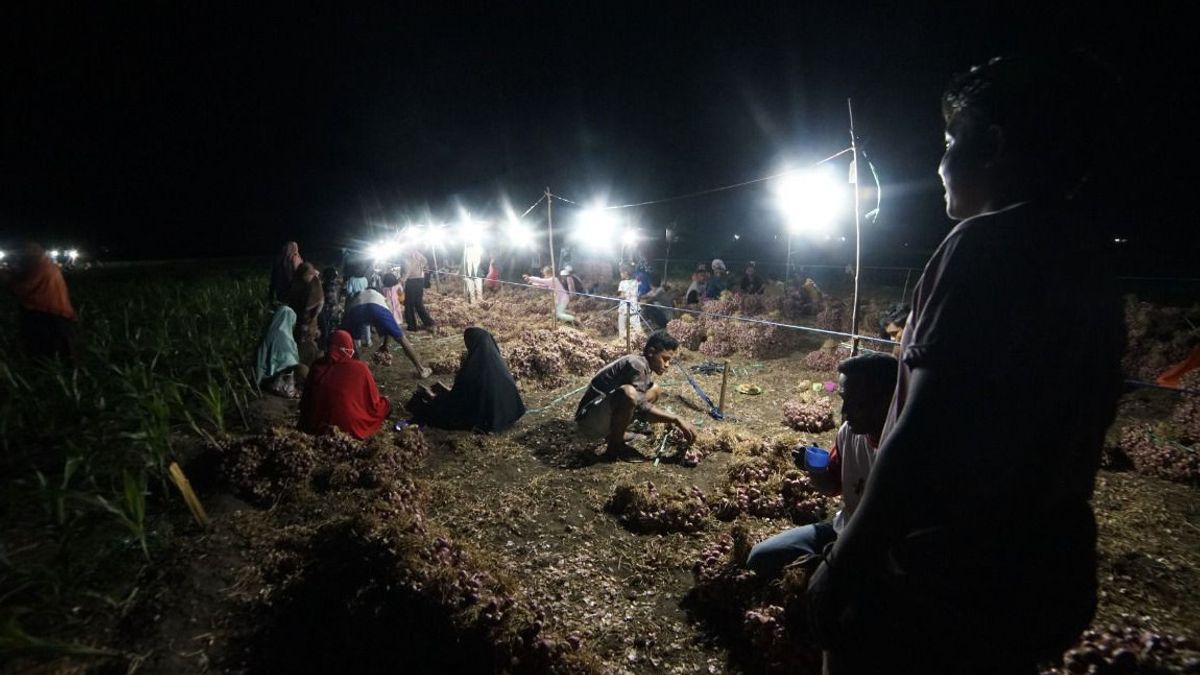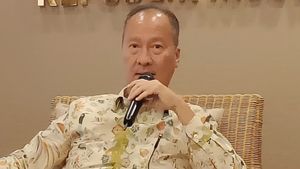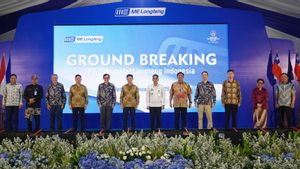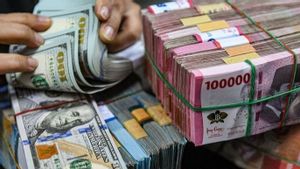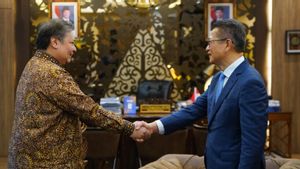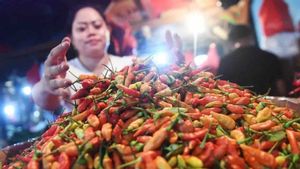JAKARTA Mohammad Ali seems to smile occasionally when he tells about his red onions harvests in recent times. He said, the results obtained have now jumped significantly.
Investigate, Ali is now implementing a new method in the process of cultivation shallots. Through optimizing the use of electrical energy, he can reduce the cost of producing from the side of eradicating pests so that the income received can be maximized.
"The light of the lights that is burning at night is apparently not liked by pests, so we can save on the cost of using pesticides, increase the yield of shallots, and in the end the money collected can be more," he said in a press release reported by PLN in the context of the government's Electrifying Agriculture program, Sunday, November 6.
Ali is not alone. This farmer from Bima, West Nusa Tenggara ensures that colleagues in the So Lolu Farmers Group also feel the same way. Ali explained that nearly 80 percent of onion farmers in his village had used lights.
"When we compare it with the use of lights and not, the results are very much different. Extraordinary savings occur in terms of costs," he added.
Similarly, Raflin, who came from the Tani Group, So Wawo Rasa, felt a similar condition. In his narrative, he said that before the application of the electrification method, farmers had to spend money to buy pesticides of Rp. 6 million or even more. Meanwhile, by using lighting, the expenditure was much reduced to 60 percent.
Dari pengeluaran Rp6 juta, maksimal sekarang hanya Rp2 juta saja. Ini menghemat Rp4 juta. Artinya, kalau ada 40 petani maka potensi peningkatan pendapatan mencapai Rp140 juta. Pimbangkan uang sebesar itu hanya di satu kelompok farm, bagaimana jika dijoint dengan tempat lain, terangnya.
Raflin also expressed his gratitude to PLN for being part of the solution to improving the welfare of farmers in NTB. He appreciated the government's program through Electrifying Agriculture which provides great benefits for the agricultural sector in Indonesia.
"On the other hand, the lights that seem like decorations on agricultural land are said to provide their own uniqueness, triggering the MSME business in our place," he said.
Meanwhile, General Manager of PLN West Nusa Tenggara Regional Main Unit, Sudjarwo, explained that the positive conditions felt by farmers were supported by the installation of four units of Public Electric Charging Stations with a capacity of 2,200 to 5,500 volt amperes (VA).
PLN is here to help people who are almost 70 percent of the population are farmers. This step is our commitment to be an economic driver, especially in NTB," he said.
Sudjarwo added that his party continues to uphold the principle of work based on environmental, social and governance (ESG) in creating sustainable economic development.
"We want what is in the villages of West Nusa Tenggara to be an example for other regions and bring prosperity to the wider community," he concluded.
The English, Chinese, Japanese, Arabic, and French versions are automatically generated by the AI. So there may still be inaccuracies in translating, please always see Indonesian as our main language. (system supported by DigitalSiber.id)
